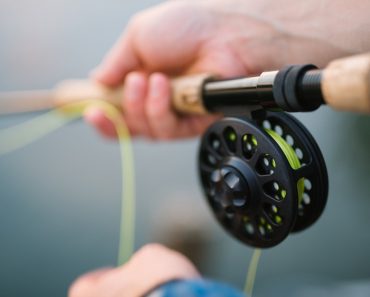Are you a passionate angler seeking the thrill of reeling in your next big catch? Our list of the best fishing spots in the world can help you decide where to cast your line next. These top destinations offer unique fish species, ideal fishing conditions, and breathtakingly beautiful scenery for the ultimate angling adventure. Cast […]
Category: Fishing | Boating
Bowfishing Mistakes and How To Avoid Them
When it comes to bowfishing, accuracy and awareness of your surroundings are crucial to your success. If you’re a beginner bowfisher, you probably want to improve your skills and have a much more enjoyable experience out on the water. Read on to learn three common bowfishing mistakes and get helpful tips on how to avoid […]
Boat or Land: Which Is the Best Fishing Environment?
When it comes to a boat or the land, which is the best fishing environment for you and your needs? Read on to learn more about both fishing options, including their respective advantages, disadvantages, and more! Benefits of Boat Fishing Boat fishing is a more intense and arguably more exciting fishing method than dry-land angling […]
5 Essential Items for New Fishermen
If you’re thinking of taking up fishing as a pastime, then you’re about to take your first step into an activity which requires a great deal of skill, finesse and accuracy. Fishing is also a hobby which can bring you a lot of joy if you’ve got the time and patience to learn. As you […]
Rope For Boating and Marine Use: What You Need to Know
Anchors away – but, wait, what’s your anchor attached to? Rope is an important but often overlooked part of maritime activity, serving many functions. Most widely used for docking, anchoring, towing, and rigging, rope is an important member of any boat crew! That’s why it’s important to pick rope for anchors and general marine use […]





